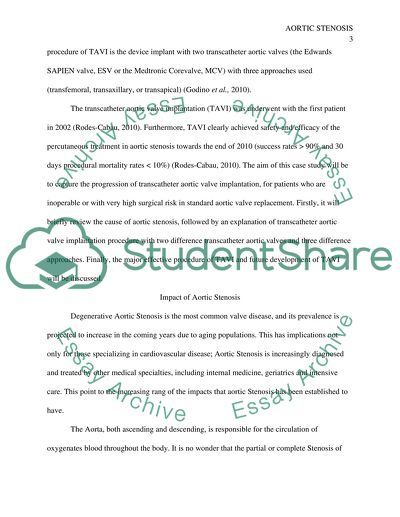New Treatment of Aortic Stenosis by Transcatheter Aortic Valve Research Paper. Retrieved from https://studentshare.org/systems-science/1447142-new-treatment-of-aortic-stenosis-by-transcatheter
New Treatment of Aortic Stenosis by Transcatheter Aortic Valve Research Paper. https://studentshare.org/systems-science/1447142-new-treatment-of-aortic-stenosis-by-transcatheter.


